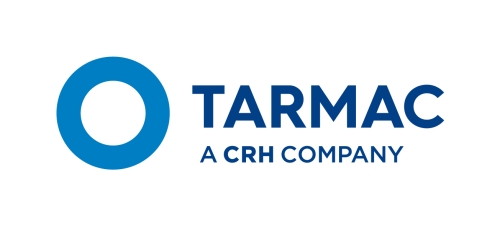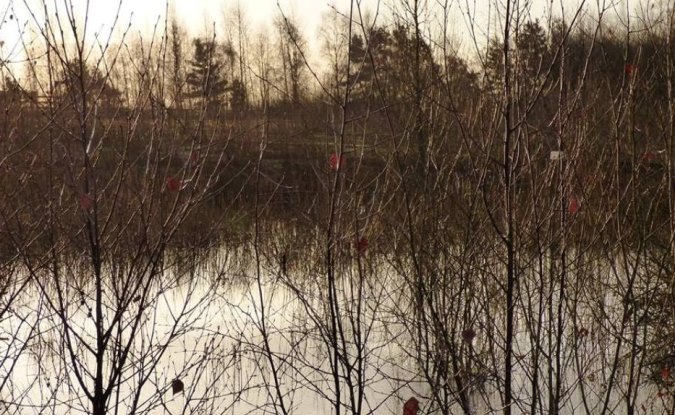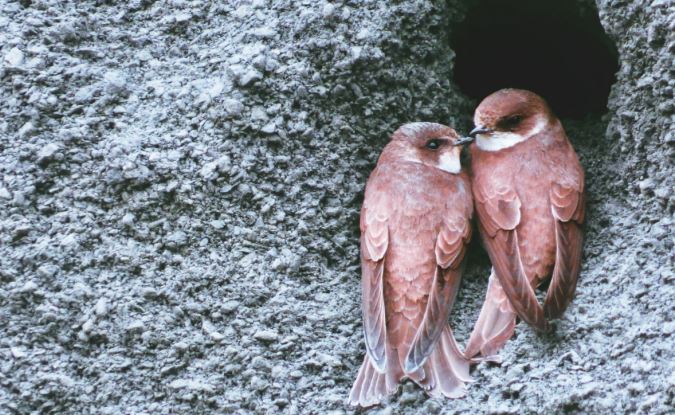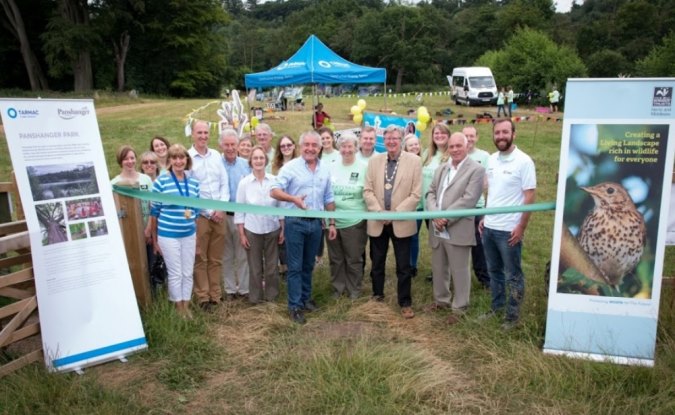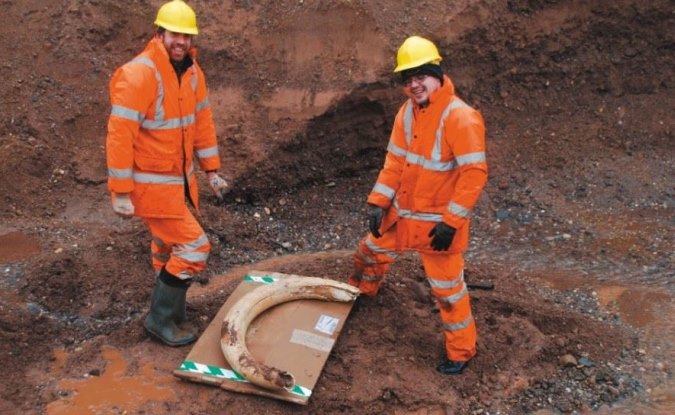Environmental Stewardship
COMMITMENT: NET POSITIVE BIODIVERSITY CONTRIBUTION
We have a duty to manage our assets responsibly, ensuring positive outcomes for local communities and future generations. We aim to deliver a lasting legacy at our sites by providing a net positive contribution to biodiversity. As well as being the most responsible path of action, this approach helps protect our reputation and our license to operate – and improves our business.
We have around 100,000 acres of land under our stewardship, and we work hard not only to minimise our impacts on site but to carefully manage the biodiversity and archaeological heritage that is found on them.
In 2016, all of our mineral extraction sites had restoration management plans in place, developed in consultation with local authorities and communities. During 2016 we continued to develop and test our biodiversity management plan template that will be applied to all our mineral extraction sites in the future.
2020 MILESTONE: 100% of mineral extraction sites to have biodiversity, geodiversity and restoration management plans.
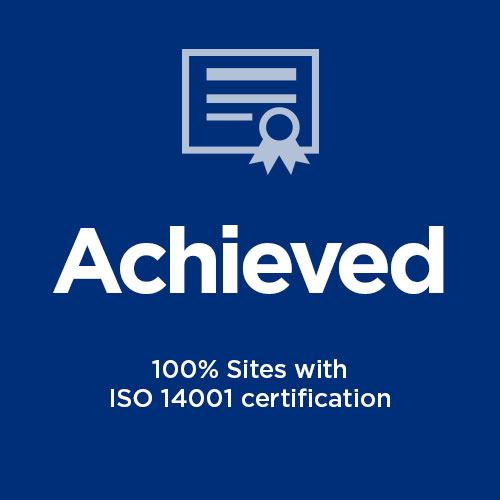
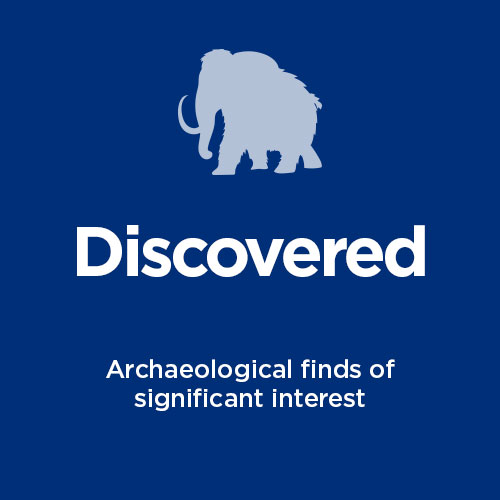
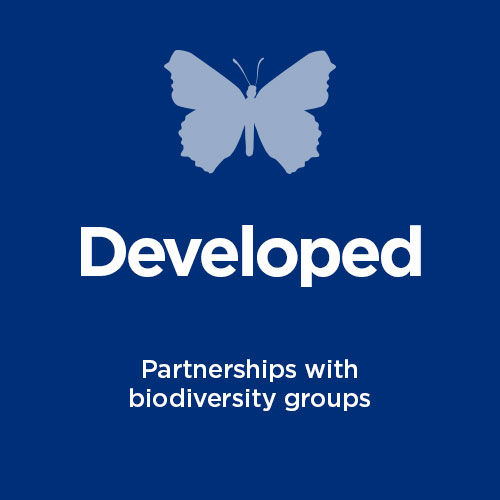
Environmental management
At each site we assess environmental risks and impacts and consider factors such as the type of operation, the surrounding environment, local communities, and compliance with legislation and industry best practice. Our environmental management system is core to this approach.
In 2016 we continued to embed our corporate Environmental Management System (EMS) meeting the requirements of ISO 14001: 2015 standard. We have implemented robust systems to protect the environment and monitor our performance carefully. We report and record all incidents no matter how minor. During 2016, 651 incidents and near misses were raised via our internal reporting system. These related mainly to minor spills, releases of dust and water management issues. Steps are taken to address issues as soon as possible and to prevent them occurring again.
In 2016 we received a total of 169 community complaints across our business, mainly related to issues with dust, vibration from quarry blasting, and vehicle movements. We actively encourage all incidents to be reported so that we can investigate them thoroughly, review our approach and make changes to prevent any recurrence.
At our cement and lime plants we employ the best available technology to manage and minimize emissions to the atmosphere from our processes. We have made significant reductions when compared to our baseline year of 2000. In 2016, we achieved the following reductions:
|
Unit |
Particulates |
Sulfur dioxide (SO2) |
Oxides of nitrogen (as NO2) |
|
|
Cement |
Tonnes |
92 |
686 |
2048 |
|
Kg/tonnes PCe* |
0.04 |
0.32 |
0.96 |
|
|
% reduction compared to 2000 |
92% |
93% |
67% |
|
|
|
||||
|
Lime |
Tonnes |
22 |
55 |
64 |
|
Kg/tonnes CaO** |
0.05 |
0.13 |
0.15 |
|
|
% reduction compared to 2000 |
94% |
87% |
47% |
* PCe – Portland cement equivalent, a standard industry normalising factor representing the tonnes of Portland cement manufactured from a tonne of cement clinker.
** CaO – Quicklime
% reduction compared to 2000
Cement particulates
Lime particulates
Cement sulfer dioxide (SO2)
Lime sulfer dioxide (SO2)
Cement oxides of nitrogen (as NO2)
Lime oxides of nitrogen (as NO2)
Achieving a net positive biodiversity contribution
To complement our environmental management system, our biodiversity management plans identify actions and targets for priority habitats and species. This supports our commitment of providing a net positive biodiversity contribution and often means working in collaboration with regulators, wildlife bodies such as RSPB, The Wildlife Trusts and other community groups. This engagement is crucial for the restoration of sites and the creation of priority habitats within them and dovetails well with much of our work on community engagement and volunteering.
Read our case study: Popular Panshanger Park hosts wildlife festival
Establishing partnerships
We have continued to maintain our target of establishing partnerships with biodiversity groups at all of our priority mineral extraction sites. Examples include working with Wildlife Trusts for Bedfordshire, Cambridgeshire and Northamptonshire (BCN) following an extensive restoration programme at our former sand and gravel site in Godmanchester.
Read our case study: Celebrating a successful restoration programme with the wildlife trust
Natural Capital Accounting
During the year we worked with UK government’s Natural Capital Committee to undertook a major pilot of the Corporate Natural Capital Accounting Framework at our Mancetter quarry. This industry leading work supported the development of the framework is being intended to help organisations to measure, monitor and enhance the natural capital of land assets that they own or control.
Restoration
Following completion of our operations, some sites are returned to their original use, while others are transformed into nature reserves and wetland habitats, for community use or recreation. In other circumstances, sites may be used to support local jobs through industrial or retail developments or to provide much needed housing. Our aim is to return sites with an enhanced biodiversity value compared to the situation before development began. However, not all of our sites lend themselves to significant biodiversity enhancements – some, for example, are returned to agricultural use but through collaborative working and design species diversity can still be increased through enhancements to marginal areas of land, including by creating new habitats.
Read our case study: Effective restoration work sees former quarry become local wildlife site
Archaeological heritage
Our environmental stewardship extends to fostering archaeological discoveries as well as conservation work. We facilitate a number of archaeological investigations and digs each year, providing significant knowledge about the historic environment. In 2016 our site team at Clifton Quarry, Worcestershire were extremely excited to discover an extremely well preserved tusk from a Wooly Mammoth. The tusk is now on display at Worcester Museum.
